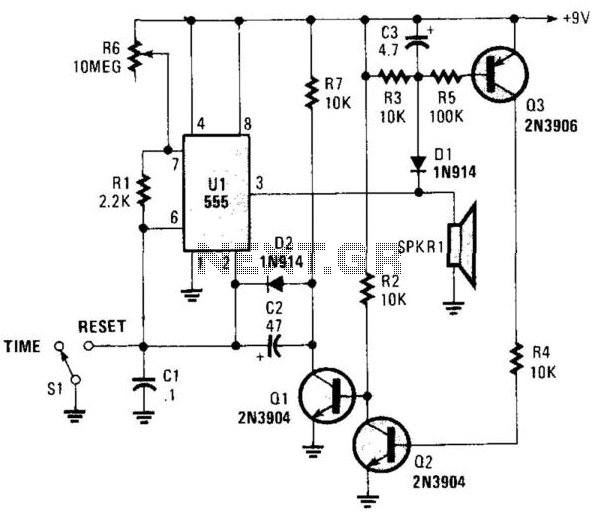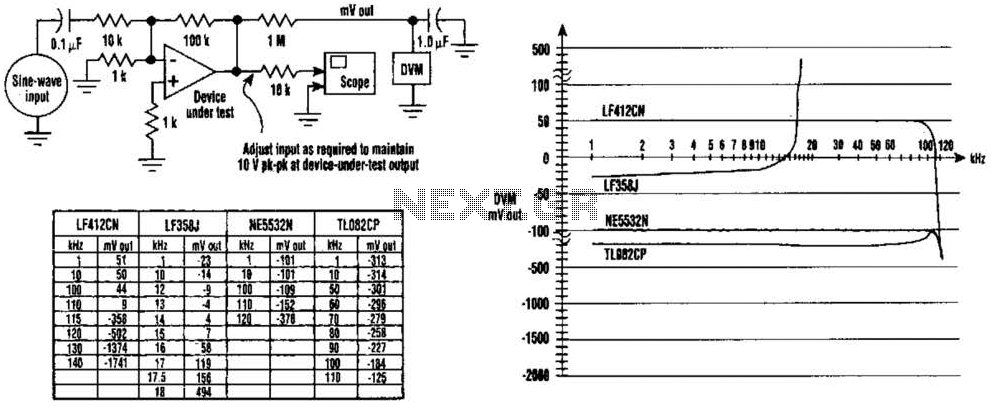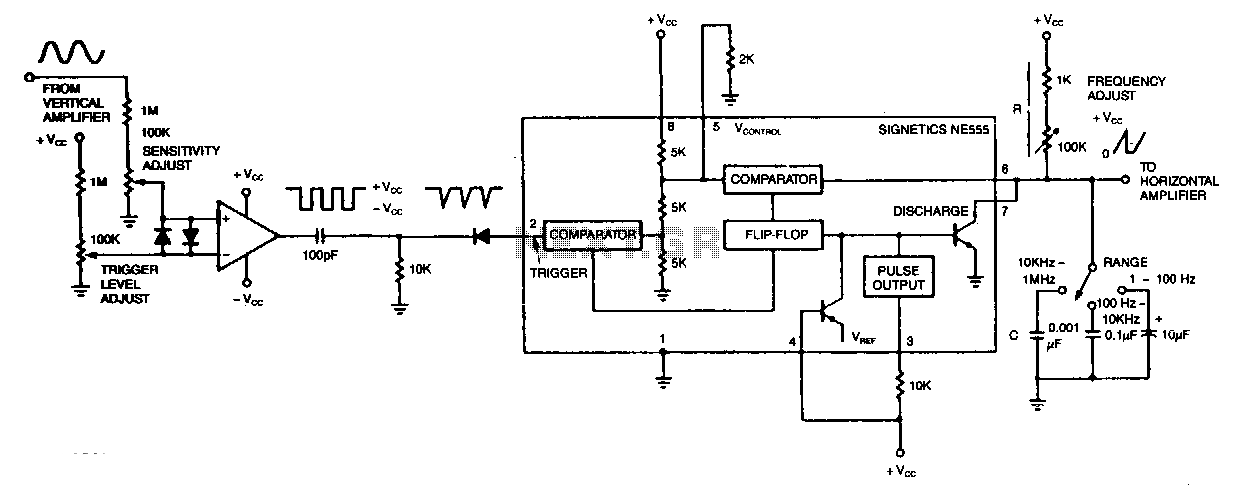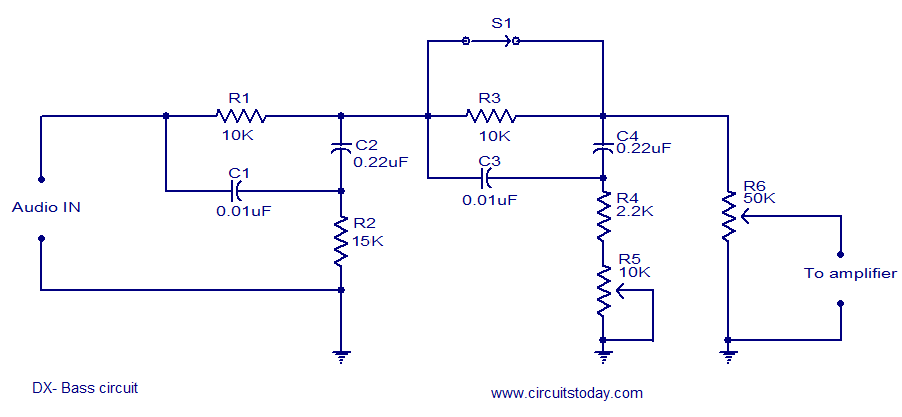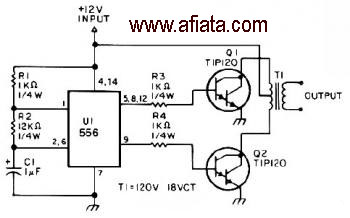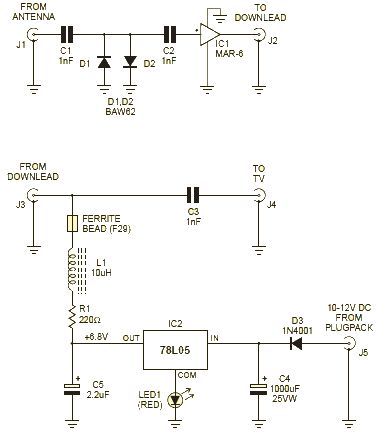
Composite pipe circuit
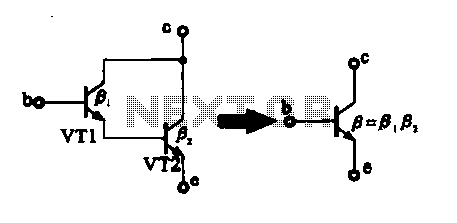
There are two composite pipe configurations: one consists of two transistors of the same type, while the other is made up of two different types of pipe configurations.
The first configuration, utilizing two transistors of the same type, typically involves a common emitter or common collector arrangement. In this setup, both transistors operate under identical biasing conditions, which allows for consistent electrical characteristics and simplified design. This configuration is often employed in applications requiring signal amplification or switching, as it ensures that the transistors can effectively drive the load with minimal distortion.
The second configuration, which incorporates two different types of transistors, introduces a level of complexity that can be beneficial in certain applications. This approach allows for the combination of different electrical properties and performance characteristics, such as varying gain, frequency response, and input/output impedance. By selecting transistors with complementary characteristics, designers can create circuits that optimize performance for specific tasks, such as analog signal processing or digital logic operations.
Both configurations can be effectively utilized in various electronic applications, including amplifiers, oscillators, and digital circuits, depending on the desired performance and operational requirements. The choice between using identical or different types of transistors will largely depend on the specific application and the performance criteria that need to be met. Proper consideration of the operational parameters and characteristics of each transistor type is essential for achieving the intended functionality and reliability of the circuit.There are two composite pipe constitute ways: one is by the two transistors of the same type, as shown) as shown; the other is composed of two different types of pipe configuration,
The first configuration, utilizing two transistors of the same type, typically involves a common emitter or common collector arrangement. In this setup, both transistors operate under identical biasing conditions, which allows for consistent electrical characteristics and simplified design. This configuration is often employed in applications requiring signal amplification or switching, as it ensures that the transistors can effectively drive the load with minimal distortion.
The second configuration, which incorporates two different types of transistors, introduces a level of complexity that can be beneficial in certain applications. This approach allows for the combination of different electrical properties and performance characteristics, such as varying gain, frequency response, and input/output impedance. By selecting transistors with complementary characteristics, designers can create circuits that optimize performance for specific tasks, such as analog signal processing or digital logic operations.
Both configurations can be effectively utilized in various electronic applications, including amplifiers, oscillators, and digital circuits, depending on the desired performance and operational requirements. The choice between using identical or different types of transistors will largely depend on the specific application and the performance criteria that need to be met. Proper consideration of the operational parameters and characteristics of each transistor type is essential for achieving the intended functionality and reliability of the circuit.There are two composite pipe constitute ways: one is by the two transistors of the same type, as shown) as shown; the other is composed of two different types of pipe configuration,
